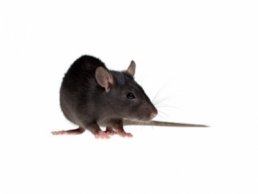They do not go into hibernation at any time of the year not even during the winter season or the summer season.
Do rats live in attics in the summer.
Lots of mice relocate from attics to basements starting in early summer.
The roof rat breeding season is mainly in the spring and summer.
Mice and rats tend to explore a fair bit more during summer than they do during other seasons.
What does it cost.
In loose fill fiberglass insulation you can sometimes see their tunnels.
From the southeast and gulf states to the west coast.
They might even take up residence in cool vent systems or other shady secluded spots.
And attics are rarely visited by humans or any other intruders.
A rat couldn t find a much more.
The rats are noisy dirty smelly and destructive.
The most common way rats get into attics are through damaged eaves and vent openings.
We had our home resided this summer.
Rat removal are a problem when they access attics basements or any other living area.
How do mice get inside during the summer.
At that time we started hearing noises in the attic.
Roof rats will have litters up to 6 times each year.
Thanks for offering the second email address.
Rats can be very bold and will still sneak around even if it hears you coming.
If you are asking yourself the following question do i have rats in my attic and you see a live rat then the answer is yes.
It goes without saying that if you find a live rat in your attic then you have a rat in the attic.
Need professional rat help.
Go to the home page hello david i sent this to your other email to.
There s a more pragmatic reason for rats to be fans of attics.
Whether inside or outside a pair of rats can become a colony of hundreds extremely quickly.
Homes are built the way they are to keep heat in during the winter and cool air in during the summer.
Attics particularly in our part of the country are warm.
The average roof rat litter consists of 4 6 babies.
14 rats in the attic won t just stay in the attic and will often create damage by moving around in the wall cavities and other difficult to reach areas of the building.
There s lots of material they can use to build nests.
Rats are not exception in this as they usually get so busy in running around in search of food.
They have plenty of crawl spaces in which to roam around.
The rats or mice or flying squirrels burrow down into the insulation until they are in contact with the topside of the sheetrock which won t be nearly as hot as the ambient in the attic.
Roof rats live in the warmest areas of the united states.
Rats can climb on any surface and fit in most spaces and tend to breed very quickly meaning that your handful of rats in the attic problem could soon become a widespread infestation.

